Despite its short-lived tenure as a German art school, this design movement has made its way into the contemporary design zeitgeist.
By Chamidae Ford

Whether you recognize it or not, we live in a Bauhaus-inspired world. From the angular font used in your favorite coffee shop logo, to the sleek, yet comfortable chairs in your doctor’s office, the early 20th-century design movement brilliantly permeates everyday culture more than 100 years after it began. Marked by simple yet, smart designs, riddled with eclectic primary colors and sharp angles, Bauhaus is incorporated into all creative mediums from photography and art, to furniture design and architecture. And yet, despite its prolificness, the design movement was nearly squashed out of existence only a few years after it began.

But before we jump there, let’s start from the beginning.
Before the Bauhaus movement became the design ideology it is today, it was an art school. Founded in 1919, on the heels of WWI, the German academy entitled Staatliches Bauhaus was founded by architect Walter Gropius, who aimed to bring fine craft and quality design to everyday life. Launched during a moment of political respite and artistic freedom in Germany’s short-lived Weimar Republic, Staatliches Bauhaus opened its doors to students in architecture, art, painting, and furniture design.

An important aspect of the Bauhaus school was creating practical, functional designs that also contained artistic merit. Gropius, in particular, wanted to make affordable pieces that were still beautiful. One of which was his timeless 1920 armchair F-51. Remarked for its futuristic cubic shape, cantilever armrests, and plush cushion that hovers over its metal base, the chair was revolutionary in a world of uncomfortable, wooden seating that left you wanting to stand instead. To this day, designers are still remaking and adapting Gropius’ original design.
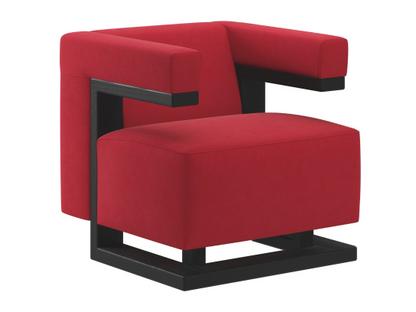
Staatliches Bauhaus did not just birth a new era of art and design, it also launched a new era of opportunity: The school was equal opportunity, allowing both men and women to attend. This was an extremely progressive decision because women were unable to attend formal art academies. One of those women was industrial designer Marianne Brandt, who crafted the Bauhaus style into household objects. In 1923, she was the first woman accepted in the metalworking program after training as a painter for most of her life. She later became the director of the workshop studio in 1928. Her designs were also some of the only products Bauhaus mass-produced during the interwar period. Her uniquely shaped teapots, globe pendants, and an array of other household items are still considered some of the best products to come out of Bauhaus, and many have been replicated and sold more than 100 years later. In fact, one of her original works auctioned off in 2007 for $361,000.
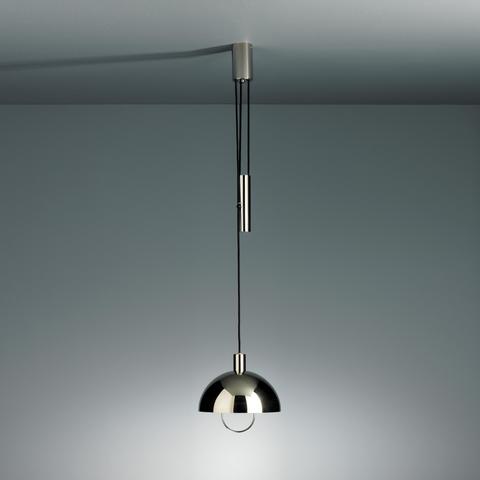
From 1919 to 1923, Staatliches Bauhaus thrived, supporting art and design innovators like Josef and Anni Albers, Paul Klee, Ludwig Mies van der Rohe, and Wilhelm Wagenfeld. Yet unfortunately, Bauhaus’ creative bliss was stifled as Germany entered World War II. Forced to relocate to Dessau and then Berlin, Bauhaus experienced multiple leadership changes and an increasingly oppressive government. Eventually, Staatliches Bauhaus officially closed in 1933 after being labeled un-German by the Nazi party. But the movement didn’t end there.

Bauhaus student Friedl Dicker-Brandeis was an Austrian-Jewish textile designer and painter, who studied under Swiss expressionist painter Johannes Itten. In 1942, nearly ten years after Bauhaus’ extinction, anti-semitism and persecution forced her and her husband into the Terezin ghetto, where she taught art to children using Itten’s Bauhaus-style techniques. She provided a sense of normalcy for the children uprooted from their normal lives, and encouraged them to make art to harness their imagination. She continued to make art and teach up until her death in Auschwitz in 1944. The art Dicker-Brandeis and her students created during their time in the camps are often exhibited at Holocaust memorial museums in recognition of the resilience of their spirits.
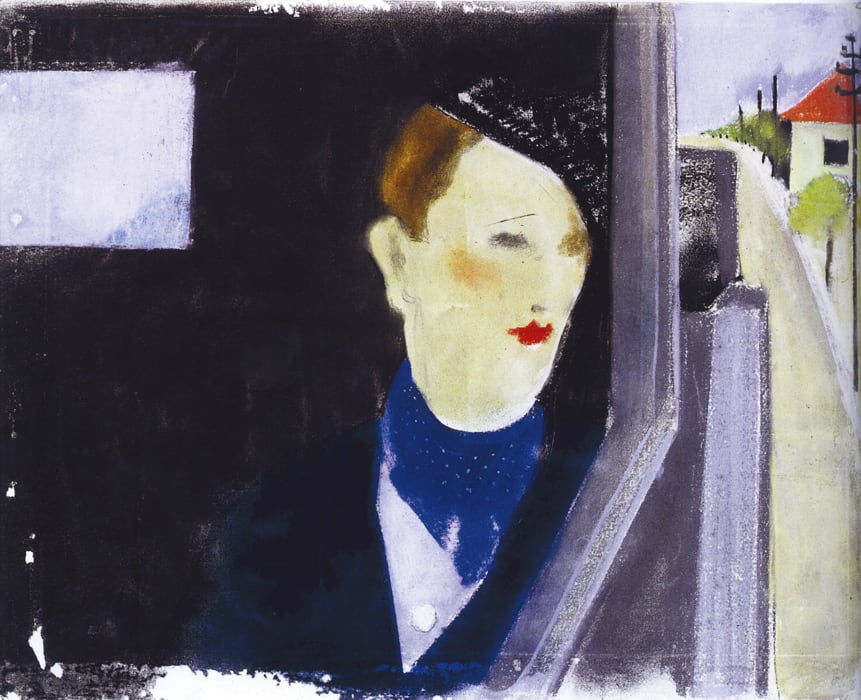
Although the government tried to smother the ideals and beliefs of the Bauhaus movement, it survived. The artists who fled Germany managed to keep creating during those times spread the style of Bauhaus across the globe, allowing this timeless artistic era to live on into the 21st century and have a lasting influence on the design community.
Bauhaus just celebrated its 100-year anniversary, and many Modern artists and designers released collections in honor of this milestone. The devotion to creating thoughtful yet practical design started in 1919, but the torch has been passed to the next generation of designers who will take the movement into the next century. We compiled a list of our favorite contemporary artists and designers below who are upholding the legacy of Bauhaus. Keep scrolling to check them out!
Schneid Studio, Furniture and lighting brand
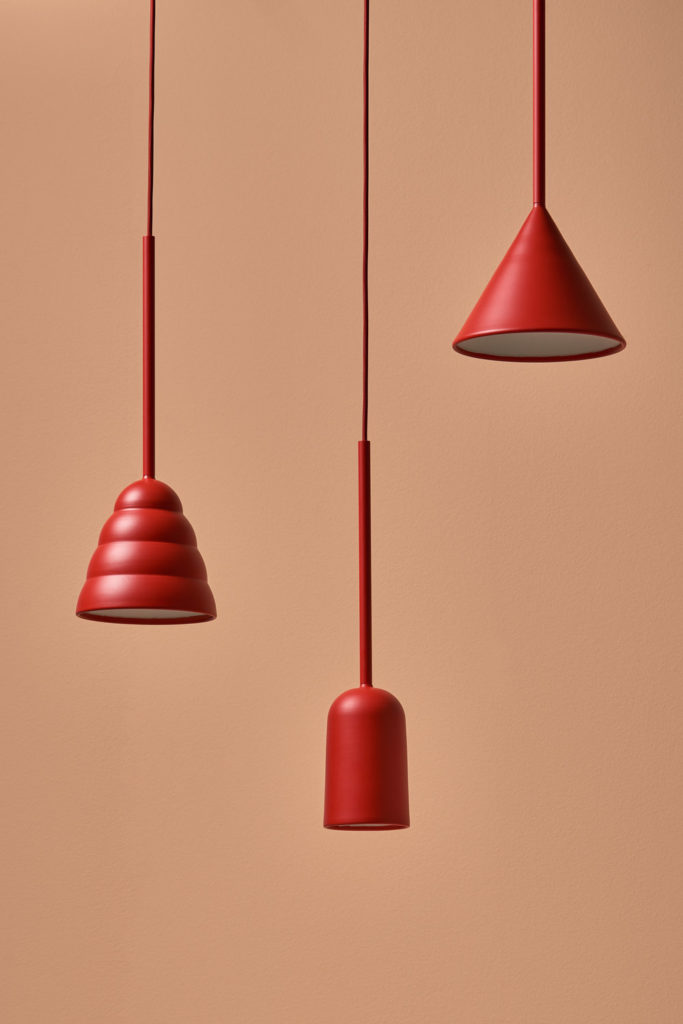
Baufritz, Architecture firm

HAY, Furniture and accessories brand

Poketo, Design and lifestyle brand
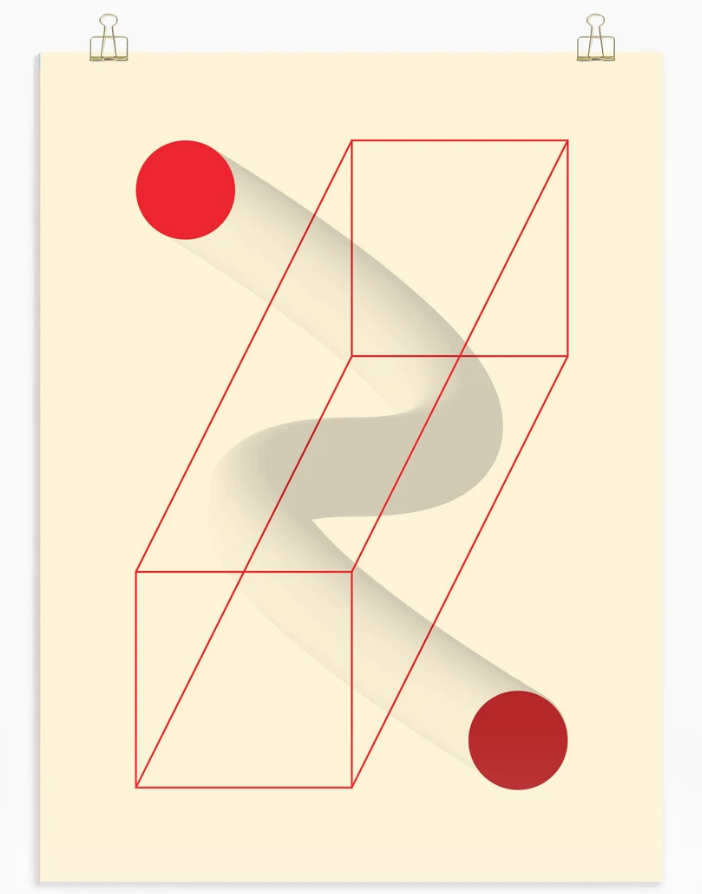
Dusen Dusen, Multidisciplinary designer

E. Cobb Architects, Architecture firm

For more Modern design inspiration, check out the homes on 360modern.com!
